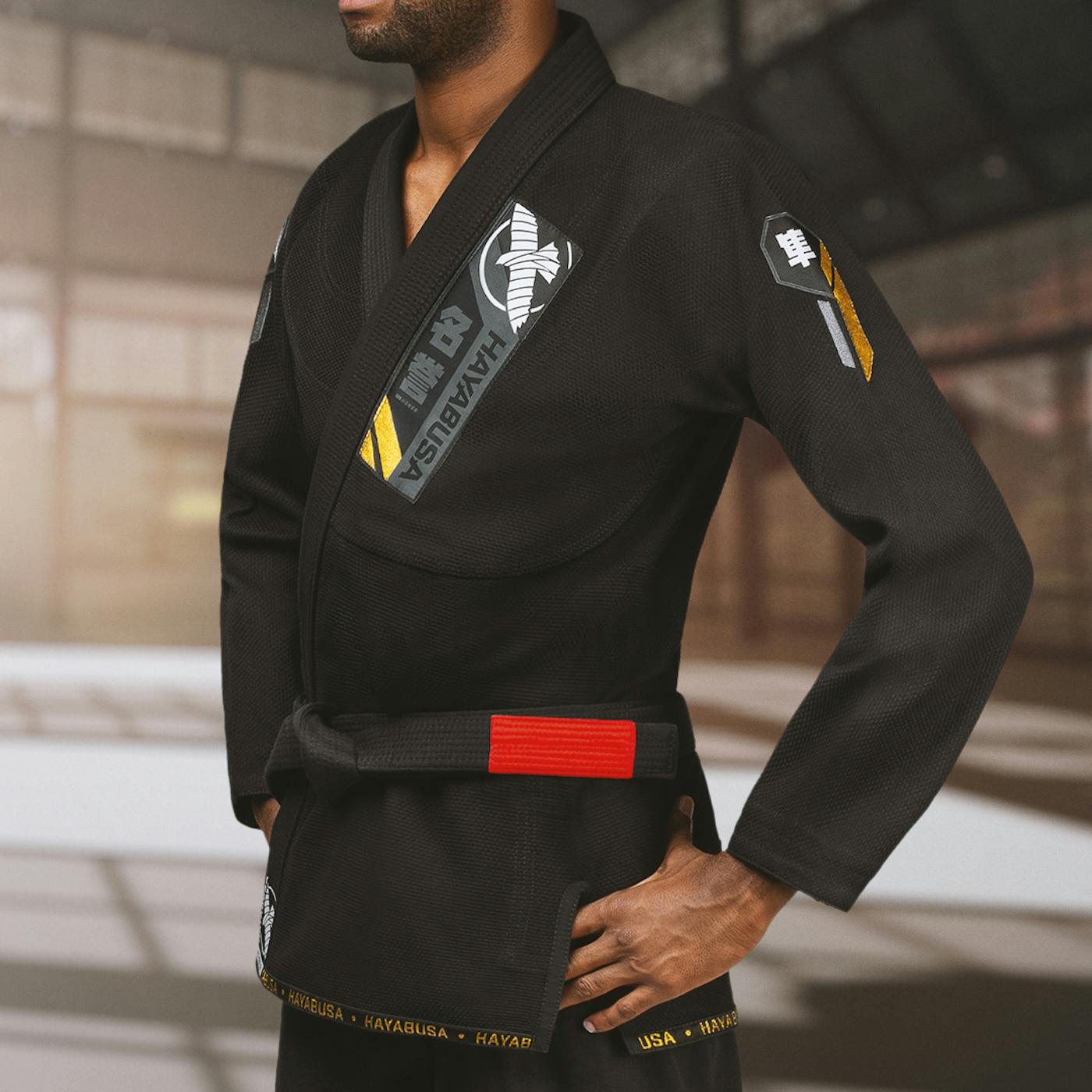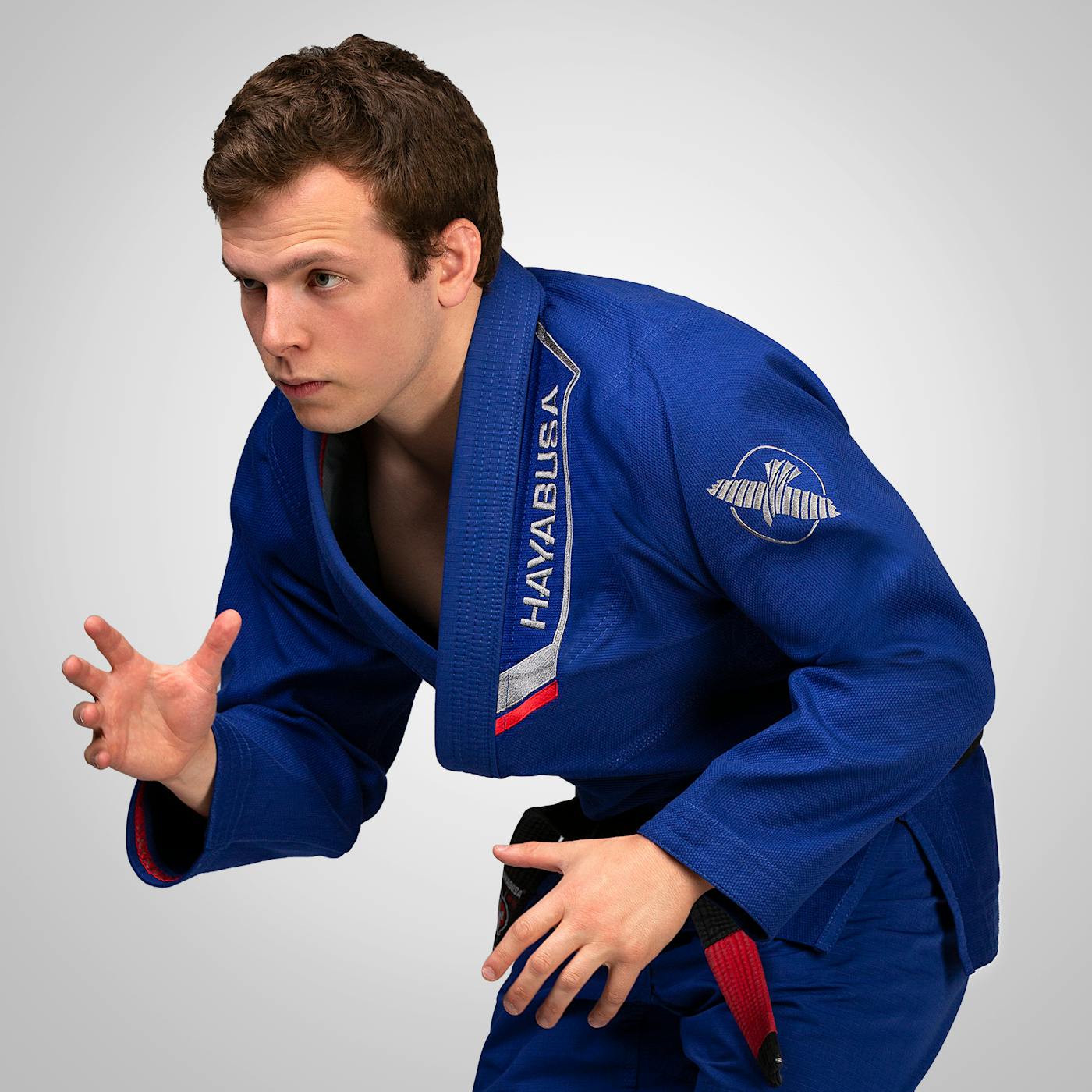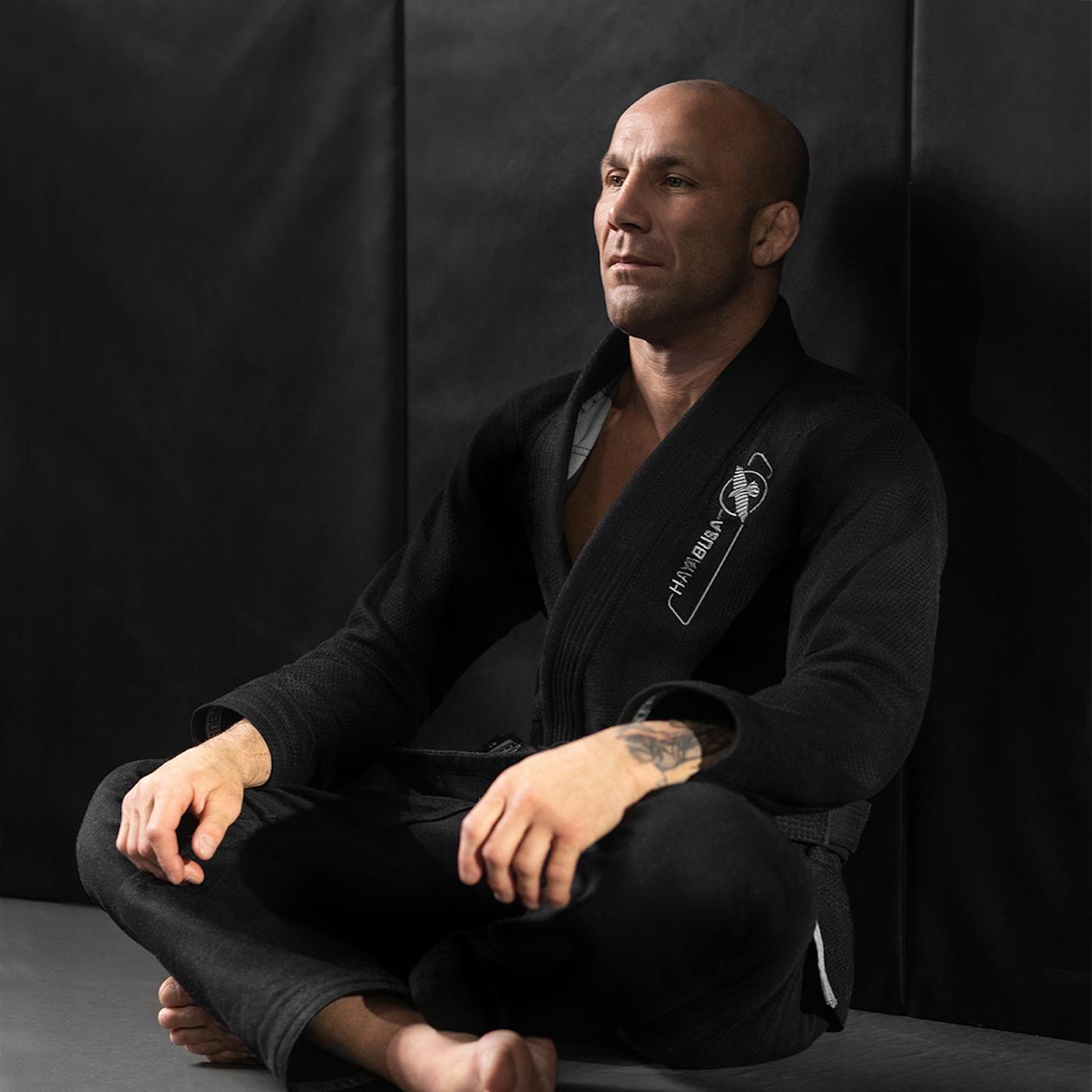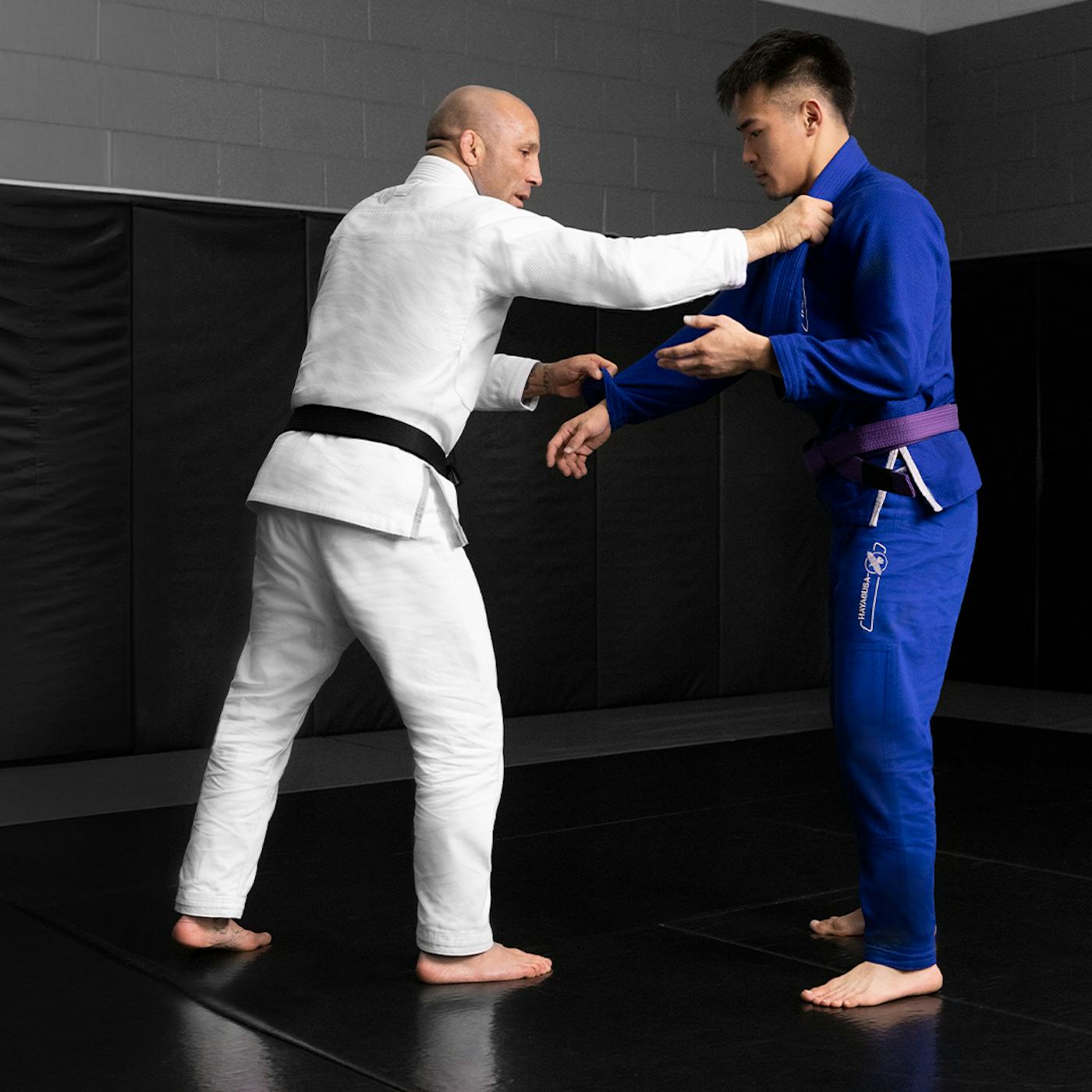Judo and Brazilian Jiu-Jitsu (BJJ) are popular martial arts among practitioners, both young and old. Though there are similarities between the two disciplines, including clinching, takedowns, and submissions, there are also significant differences to consider when training for each.
In this article, we’ll take a look at:
- Judo vs. Jiu-Jitsu techniques;
- What to expect regarding scoring systems when competing.
- How each combat sport helps with self-defense;
- And how to ultimately choose which is best for you and your goals.
Whether you opt to train in judo vs. Jiu-Jitsu or decide to learn the fundamentals of both, knowing the key differences will help you decide when and how to use the techniques of each to your advantage.
Focus and Techniques: Standing vs. Ground Positioning
One of the biggest differences between judo and BJJ is the positioning. Judo primarily focuses on throws and takedowns from a standing position.
This requires strength, balance, and focus while on the feet. Therefore, judo practitioners are trained in falls and footwork as part of offensive and defensive maneuvers.
Whereas Jiu-Jitsu prioritizes ground fighting, submissions, and defense. Training in this discipline involves learning and perfecting escapes and submissions from the ground position.
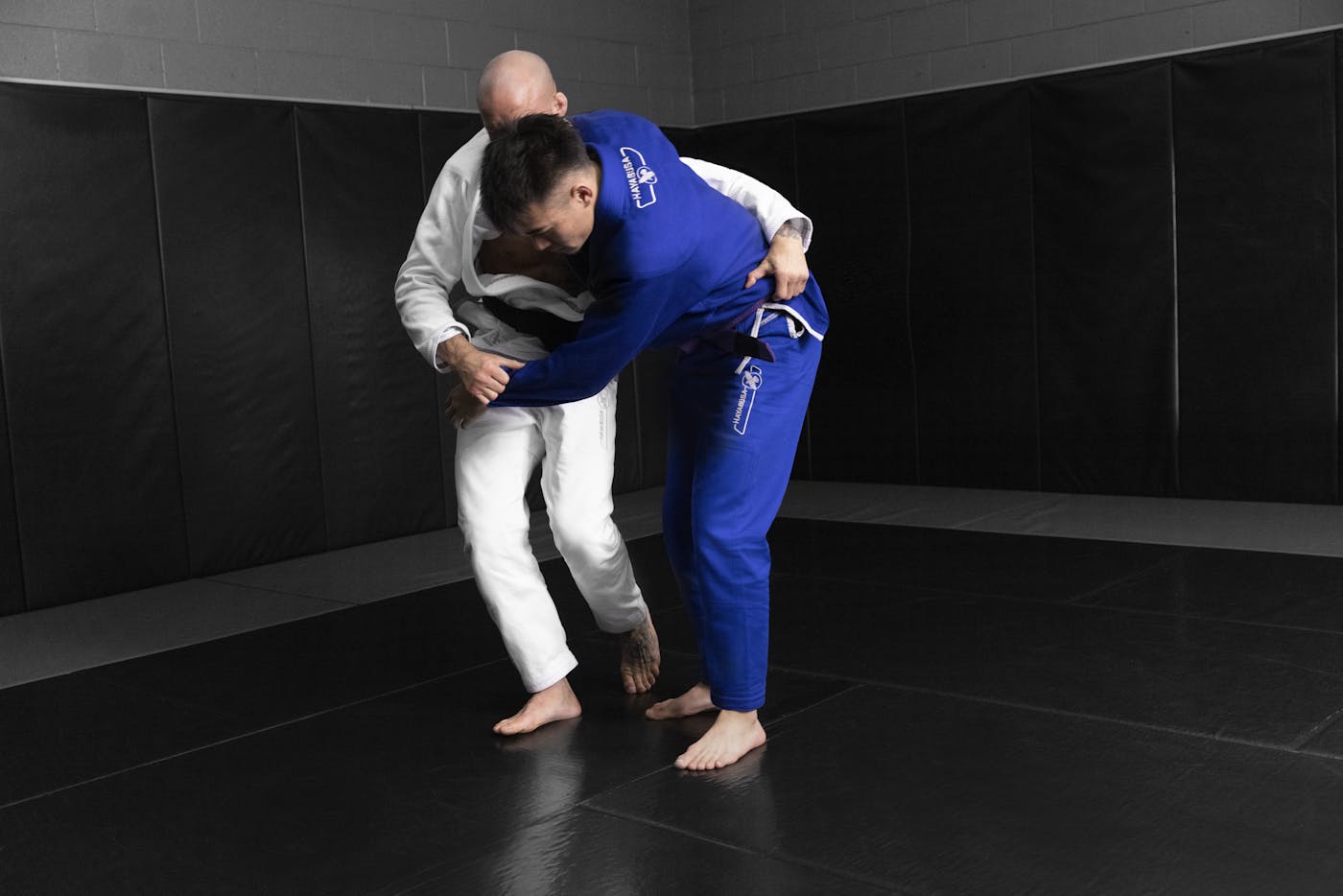
Scoring Systems and Rules: Navigating Points and Penalties
In addition to the fundamental differences between judo and BJJ training, there are also different rules between the two when competing as well, which include wearing proper competition uniforms.
Though there are a few specific maneuvers that may be used for both, it’s important to understand which can be used during an official match.
Basics of Judo Scoring and Competition Rules
In judo, points are awarded for throws and submissions. Each competition has its own rules, though most follow the ones implemented by the International Judo Federation (IJF).
Their guidelines follow the Olympic Games' key scoring measures, which include application of judo techniques, action continuity, and the landing.
A full point (ippon) or half point (waza-ari) is awarded for successfully completed judo maneuvers. If an ippon is achieved, it automatically ends the match. This occurs when you hold an opponent on their back for 20 seconds through submission.
In addition to points, there are also penalties applied for infractions. Examples of infractions include illegal catches or excessive passivity, which can lead to point deductions or possible disqualification
Basics of Jiu Jitsu Scoring and Competition Rules
Jiu-Jitsu competitions also typically follow a points system, though some competitions are submission-only. As with judo, certain maneuvers are awarded points.
For example, takedowns, sweeps, and knees on the belly are awarded two points each. Meanwhile, a guard pass is awarded three points, and a mount or back control is awarded four points.
The fighter with the most points at the end of the match wins. Additionally, a submission by tapout immediately ends the match.
Penalties also play a part in the total point count, as these can be given for illegal moves or disobeying the referee. Furthermore, because martial arts competitions involve a certain level of respect, athletes may be disqualified if the referee witnesses a major disciplinary foul.
This may include when an athlete bites, pulls hair, or applies pressure to the eyes or genitals. Disqualification may also happen if an athlete shows disrespect toward the opponent or spectators verbally or in gestures in a match or during a victory celebration.
It’s best to review the complete rules for each competition and always abide by the structure and traditions of the sport.
Training Philosophy of Judo vs. Jiu-Jitsu
Every martial art has distinct benefits, and combining techniques helps to develop a well-rounded grappling skill set.
Learning proper body positioning and techniques of these disciplines enhances their effectiveness in competition, but also when used for self-defense.
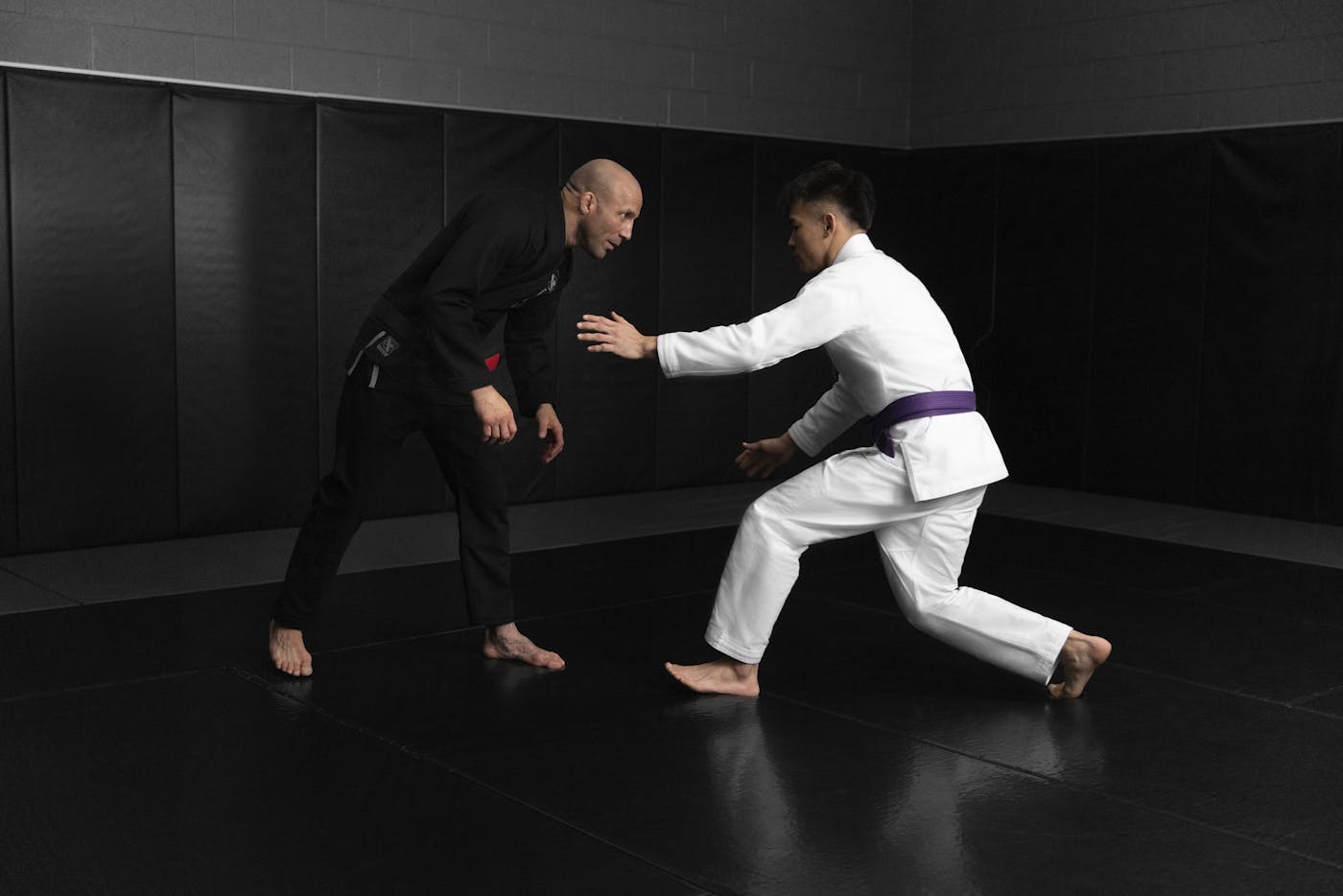
Judo for Self-Defense
Learning judo’s quick takedowns and throws can be valuable in self-defense situations, teaching body awareness and quick responsiveness in unexpected situations. The takedown throws the aggressor off balance and allows time for an escape.
Jiu Jitsu for Self-Defense
While real-world street fighting will usually involve standing on two feet, there are advantages to ground control if circumstances call for it. Knowing Jiu-Jitsu submissions and defense strategies can be valuable in real-life scenarios.
FAQs About Judo vs. Jiu-Jitsu
Is judo harder on the body than Jiu-Jitsu?
Both disciplines require physical strength and mental aptitude, each with similar amounts of intensity based on your training style and goals.
However, Jiu-Jitsu requires learning movements from a floor position, which some may find extra challenging to learn the maneuvers.
Do I need to wear a gi in judo?
Yes. A gi is the kimono-like jacket and pants worn during training and competition.
Wearing one is traditional and also practical to prevent mat burns and other injuries when training. Additionally, there are gripping techniques in judo that involve using the gi to gain an advantage.
How old do you have to be to learn judo?
Practitioners starting as early as the age of four can start with basic martial arts training, which is adapted to skill level and capabilities.
On the other hand, you’re never too old to learn the basics of judo or Jiu-Jitsu skills as a way to learn self-defense or as a way to incorporate more movement into your daily life.
Check with your local martial arts gym for the type of training they offer. Most have at least one beginner-level class and sessions designed for younger kids separate from those offered to adults.
What gear do I need for judo or Jiu-Jitsu training?
As mentioned, a gi is required for this type of martial arts training, with belts that will signify your ranking as you increase your training and improve your performance.
Hayabusa Essential Gold Weave Jiu-Jitsu Gi

Hayabusa Jiu Jitsu Belt

Hayabusa Ascend Lightweight Jiu Jitsu Gi

Marvel's Venom Jiu Jitsu Gi

Choosing the Right Martial Art for You
Both disciplines are among the best martial arts for self-defense. When making a judo and Jiu-Jitsu comparison, both teach strength, discipline, and timing, all of which are important for self-defense and training for competition.
However, if you’re undecided about which will best benefit you, try classes in both disciplines to experience judo techniques vs. Jiu-Jitsu techniques and get a feel for the movements of each.
Based on your physical abilities and specific goals, you may find you prefer one method over the other or want to learn both.
Stay Fight Ready with Hayabusa
The differences between judo and BJJ come down to techniques and body positioning, rules of competition, and practical applications for self-defense.
Exploring the benefits of both can help you become a more versatile and effective grappler, which ultimately enhances your workouts and overall performance.
Hayabusa has all the premium gear to support your judo and BJJ training, including gis, belts, and other necessary martial arts equipment and apparel. Start your journey strong by suiting up with the best.
